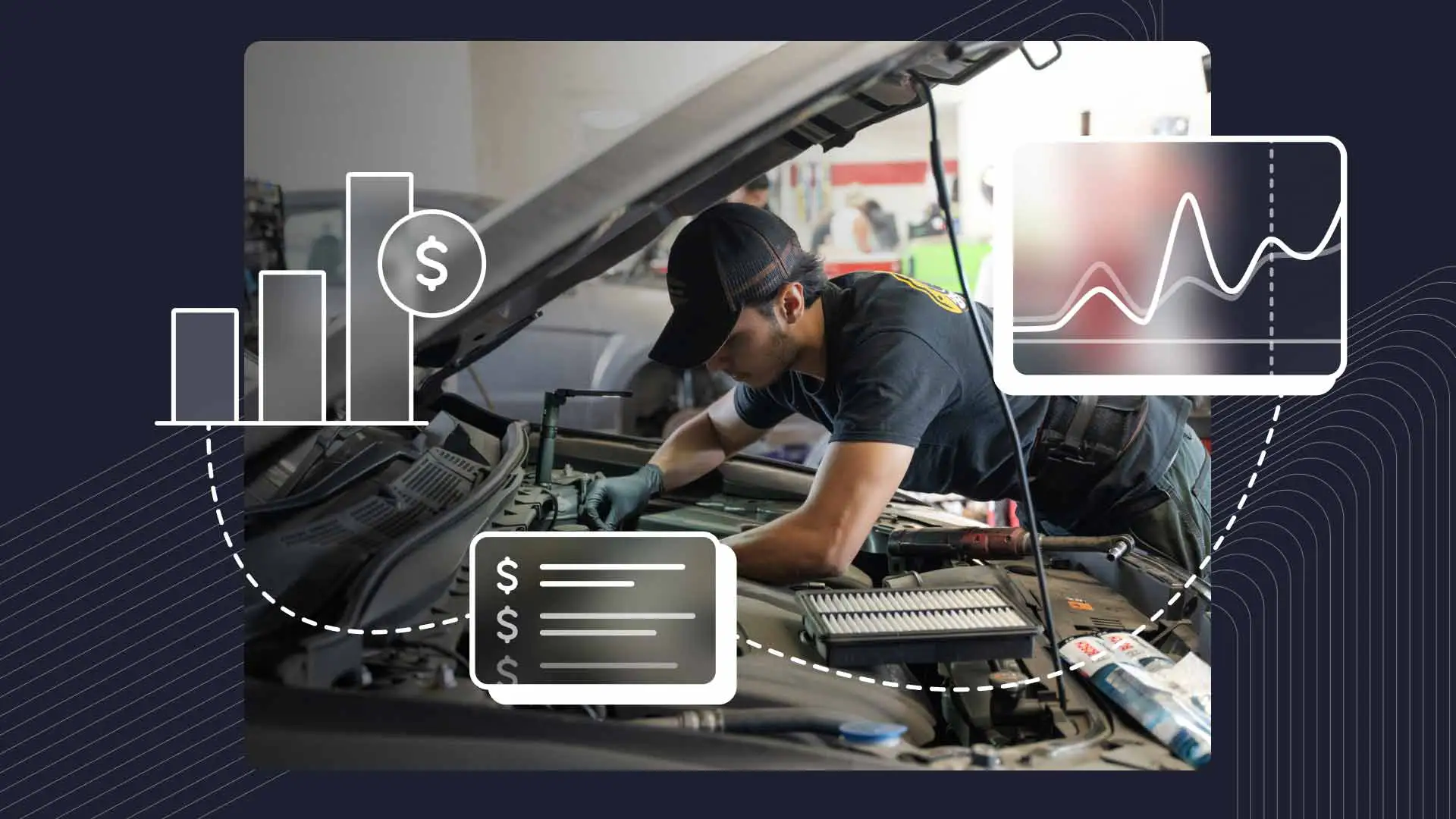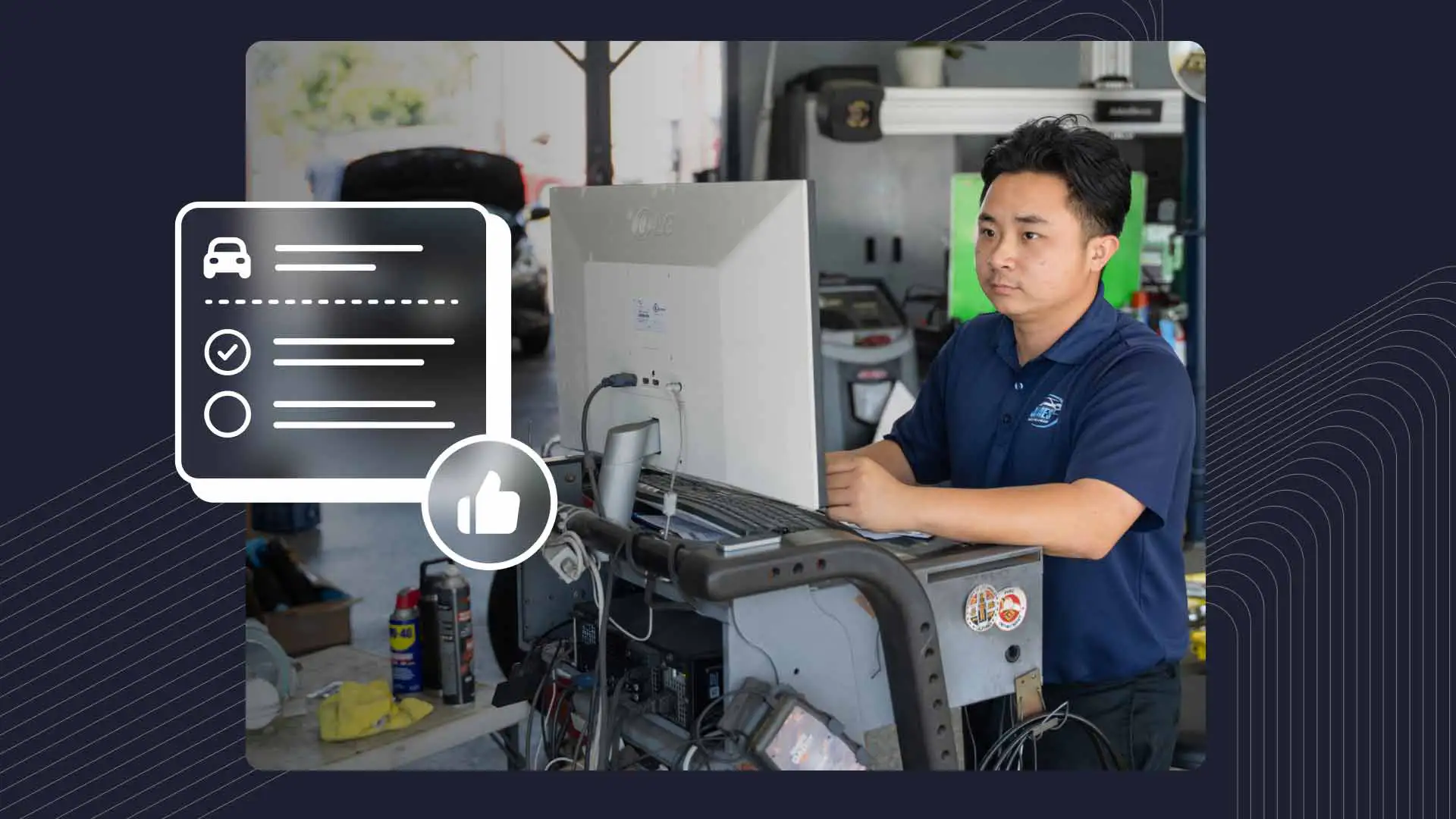A fully loaded truck barrels down the highway when, all of a sudden, its engine starts sputtering and loses power. The check engine light flashes, and the driver is forced to make an unplanned pit stop at the nearest repair shop. The culprit? An engine misfire.
For heavy-duty truck operators, these are more than minor hiccups. Diesel engine misfires can lead to expensive repairs, lost time, and serious damage if they aren’t diagnosed and resolved quickly and correctly.
So, let’s grab our investigative toolbox and walk through the critical steps to diagnosing and fixing misfires in diesel trucks, from identifying engine misfire signs to utilizing advanced diagnostic tools.
Understanding Engine Misfires
An engine misfire happens when one or more of the cylinders in a truck’s engine fails to ignite during the combustion process. This can result in a loss of power, rough idling, poor fuel efficiency, and increased emissions; it may also cause the check engine light to flash.
Engine misfires are typically caused by problems with the ignition system, issues with the fuel system, problems with the compression system, faulty sensors, or malfunctions within the engine management system. Ignition system issues are common and easy to identify, while problems with sensors or the truck's engine control module (ECM) often require deeper investigation.
If they aren’t addressed quickly, engine misfires can snowball into major problems, including full-blown breakdowns and severe engine damage. Taking a systematic approach to identifying their causes should be a top priority.
Diagnosing Engine Misfires
Step 1: Gather Information
Start with the truck’s maintenance history and repair records. This information can offer clues about recurring issues or potential problem areas. Next, talk to the driver about any specific symptoms they’ve noticed. Ask when the misfire is happening–while idling, under load, or at high speeds–whether there are any strange noises or vibrations, and when the check engine light came on.
Step 2: Code Scanning
It’s time to extract those diagnostic trouble codes (DTCs) using your reliable code scanner. Today’s heavy-duty trucks include onboard diagnostics (OBD) systems that store codes when problems arise. Checking for DTCs will help you identify potential issues; in particular, look for misfire detection codes, which are typically P0300-P0308. However, this step can be challenging because a single code may have more than one possible cause. For example, a P0304 code denotes a misfire in cylinder 4, but it doesn’t tell you whether the problem lies with the spark plug, fuel injector, or something else.
Step 3: Visual Inspection
Once you’ve gathered the DTCs, carefully inspect the engine and its parts for any visible problems like cracked, damaged, or disconnected wires; loose or corroded electrical connections; fuel leaks or damaged fuel lines; vacuum leaks in manifold gaskets or hoses; or signs of overheating or leaking coolant. Also, check for evidence of water or oil contamination. A thorough once-over of the engine bay may uncover the underlying cause–or at least rule out basic problems before proceeding with your investigation.
Step 4: Diagnostic Tools
Next, get your diagnostic tools ready: A misfire monitor can help determine which specific cylinders are misfiring. Running a compression test will tell you about the engine's mechanical condition and confirm that all cylinders have enough pressure for combustion. Elsewhere, injector diagnostic tools can pick up common causes of misfires like clogged, leaking, or malfunctioning injectors, while an oscilloscope lets you observe ignition waveforms and fuel injector patterns, making it easier to spot any abnormalities in the ignition or fuel systems.
Step 5: Troubleshooting Specific Systems
The last step in diagnosing engine misfires is troubleshooting specific systems. Start with the ignition system, where you’ll test the spark or glow plugs, ignition coils, and any wiring. In older trucks, go over the distributor components like your cap, rotor, and timing. Look for signs of wear, corrosion, or any physical damage. Next, move on to the fuel system, where you’ll want to check the fuel pressure and volume to make sure there are no issues with fuel delivery. Inspect the fuel filters and injectors for clogging, and verify that your spray patterns are unimpaired.
If the ignition and fuel systems are clear, move ahead with your compression test. Performing a cylinder leak-down test should help pinpoint the source of your compression loss. Low compression in the cylinder could be a sign of worn piston rings, damaged valves, or a blown head gasket.
Beyond the mechanical components, test important sensors like the oxygen sensor, mass airflow sensor, and camshaft/crankshaft position sensor. Faulty sensors can send bad information to the ECM and muck up the engine’s air-fuel mixture or timing, leading to misfires. Finally, check the ECM for any signs of damage, and make sure the wiring and connectors are sound. You could even try resetting its software.
Additional Considerations
Engine misfires aren’t always the result of a failed component. They can be influenced by factors like engine load, RPM, and operating conditions. For example, quick temperature changes may accelerate an engine misfire; so can heavier loads. Using low-quality or contaminated fuel, as well as certain additives, can affect engine performance and contribute to misfires, too. Past service and maintenance records might reveal whether the misfire is part of a larger, ongoing issue. A missed oil change could have caused excessive engine wear. Or, bad fuel may have clogged the injectors.
Keep Firing On All Cylinders
Engine misfires can be frustrating, but understanding their causes and immediately addressing the situation helps minimize their impact and prevent further damage. The key is to follow a deliberate approach, from checking the truck’s history to scanning trouble codes, inspecting specific systems, and considering external factors like engine load and fuel type.
Misfires shouldn’t disrupt your shop’s rhythm, and following the diagnostic processes covered here will help get your customers back on the road quickly and safely. To streamline your operations even further, look into Shopmonkey’s dedicated truck repair shop software, which integrates vehicle diagnostics, maintenance records, service tracking, and more into an all-in-one, user-friendly platform.




